Search
Did you mean: Oxus?
Search Results
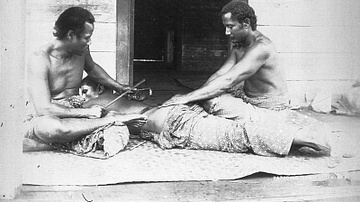
Image
Samoan Tattooist Using Traditional Tools
A Samoan tattooist using the traditional tools to place a tatau (tattoo) on a man's back. The methods and tools were also used in New Zealand by the Maori. This photograph was taken c. 1895 CE by Thomas Andrew (1855-1939 CE).
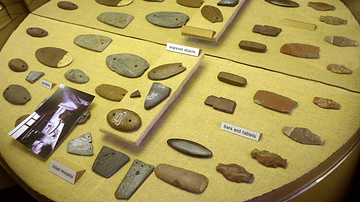
Image
Worked Stone Tools & Weapons, Poverty Point
A selection of worked stone tools and weapons from Poverty Point, Louisiana, USA. Dated to c. 1700-1100 BCE.
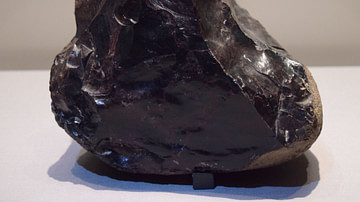
Image
Obsidian used for Prehistoric Japanese Tools
This piece of obsidian dates from the Paleolithic period or c. 18000 BCE, and it was uncovered in Engarau-cho on Japan's Hokkaido island. It helped prehistoric Japanese people in making stone tools. (Tokyo National Museum)
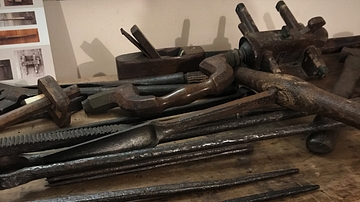
Image
Hand Tools
Hand and blacksmith tools on display at Te Waimate Mission, Bay of Islands, New Zealand. The mission house was constructed in 1832 CE. This photo was taken in November 2019.
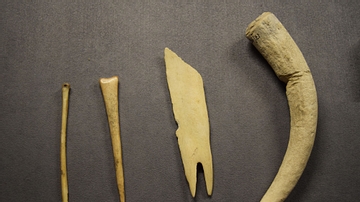
Image
Eneolithic Tools from Armenia
These Eneolithic tools are made of stone or bone. They come from what is present-day Armenia, and they date from the 5th-4th century BCE. (Metsamor Historical-Archaeological Museum-Reserve, Taronik, Armenia)
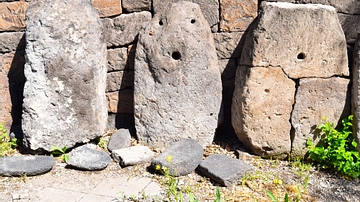
Image
Stone Tools at Shengavit Settlement
Stone tools and other archaeological remains from Shengavit, dating from c. 3500-2200 BCE. This settlement is an archaeological site located in Yerevan and is one of Armenia's most important Bronze Age sites.
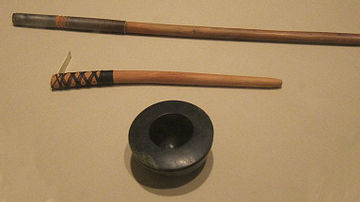
Image
Traditional Pacific Island Tattoo Tools
Instruments for traditional Pacific Island tattoos: hāhau (tapping stick) made of ulei wood, moli (tattoo tool) made of wood and bone, and apu paʻu (ink bowl), made of jade. Date unknown.

Video
Carving Marble with Traditional Tools
Prior to the use of power tools, the same basic implements were used for stone carving for hundreds of years. Many of the sculptor's tools had a variety of functions and could be used at different stages of the carving process. In this video...

Definition
Stone Age
From the dawn of our species to the present day, stone-made artefacts are the dominant form of material remains that have survived to today concerning human technology. The term “Stone Age” was coined in the late 19th century CE by the Danish...

Definition
Homo Habilis
Homo habilis ("handy man") is an extinct species of human that lived in East and South Africa between 2.3 and 1.5 million years ago and plays an interesting role in the discussion surrounding the dawn of our genus of Homo, which is thought...